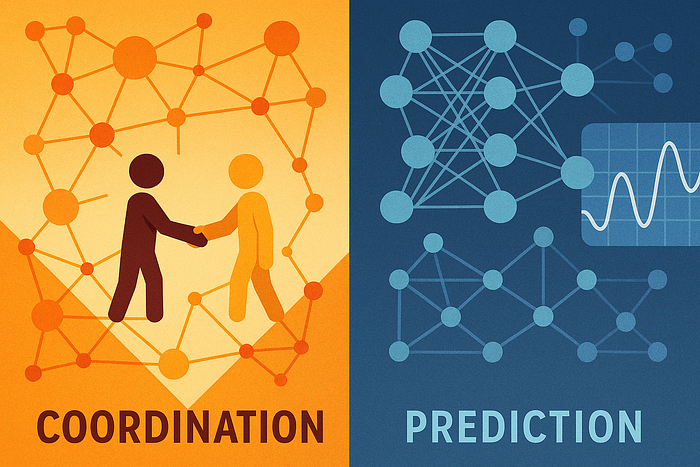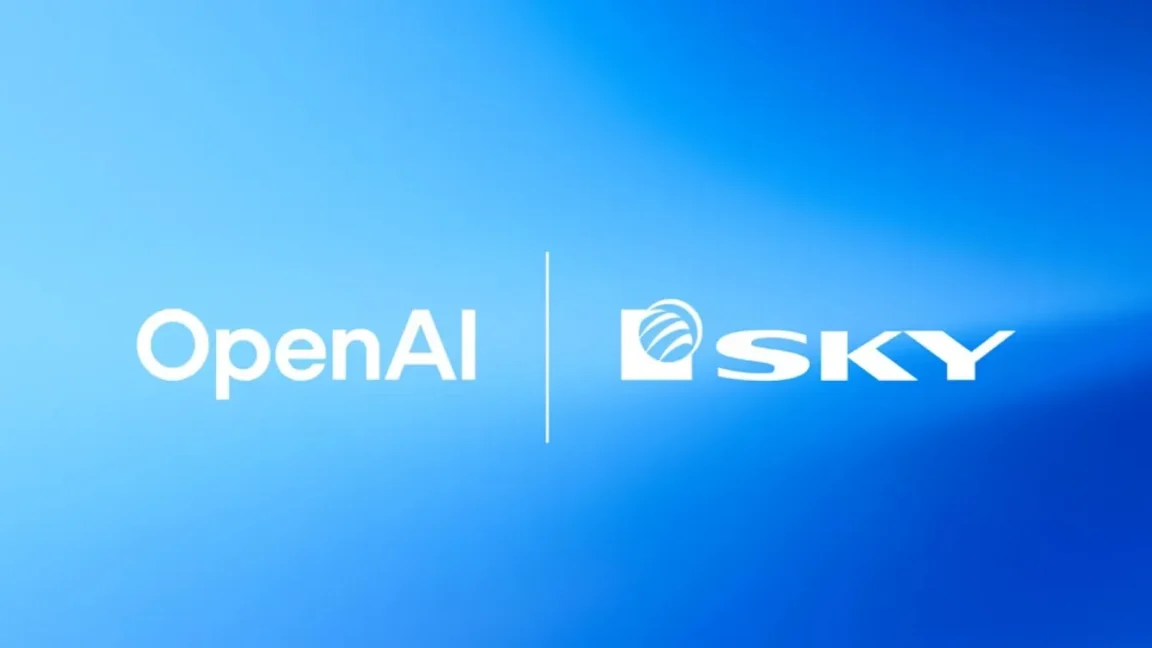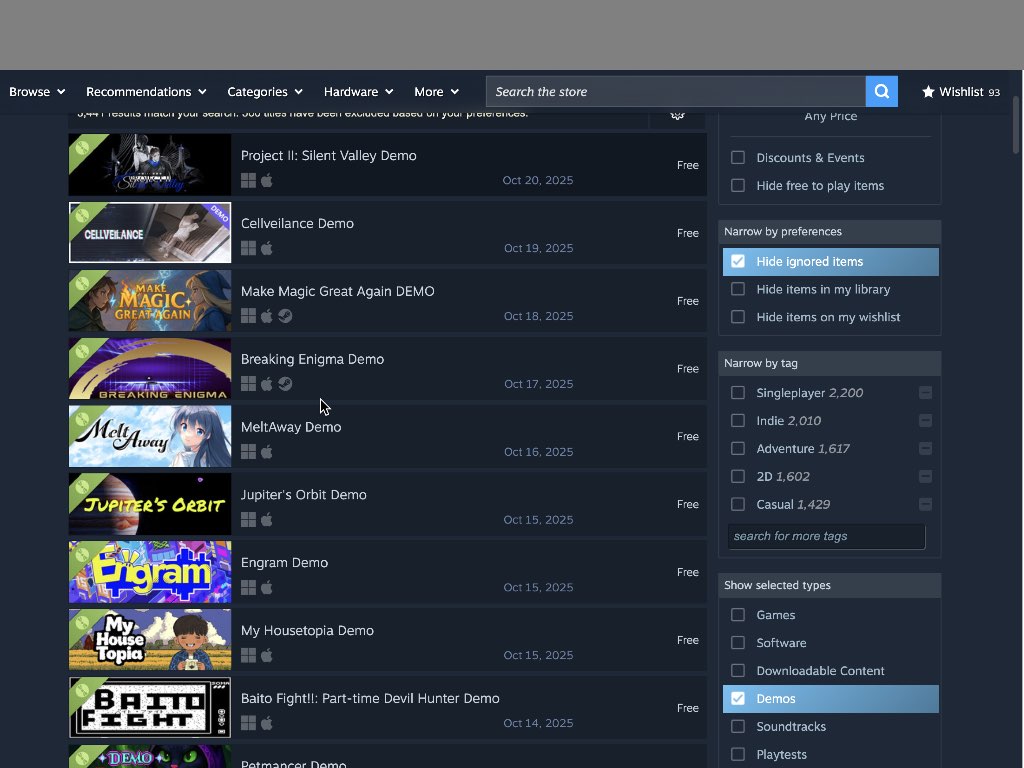Introduction to Forecasting
The world of forecasting is complex and multifaceted. It involves predicting future events or trends, which can be crucial for businesses and organizations to make informed decisions. However, forecasting is not a singular problem, but rather two distinct types of challenges: strategic forecasting and operational forecasting.
Strategic Forecasting
Strategic forecasting involves coordinated decision-making among multiple stakeholders. It requires considering various factors, such as market trends, customer behavior, and economic conditions. This type of forecasting is essential for companies to make long-term plans and allocate resources effectively. For instance, a company’s CFO may demand next quarter’s revenue forecast, while the supply chain director needs inventory predictions for thousands of SKUs.
Operational Forecasting
Operational forecasting, on the other hand, focuses on statistical patterns and predictions. It involves analyzing historical data to identify trends and make predictions about future events. This type of forecasting is critical for companies to manage their day-to-day operations, such as inventory management and supply chain optimization.
The Importance of Understanding Forecasting
Understanding the differences between strategic and operational forecasting can drastically improve forecasting accuracy and enhance operational efficiency within organizations. By recognizing the complexities of forecasting, companies can develop more effective forecasting strategies that take into account the unique challenges of each type of forecasting.
Real-World Example: Amazon’s Supply Chain
Amazon’s $469 billion supply chain is a prime example of the importance of understanding forecasting. By splitting the problem in half, Amazon was able to transform chaos into coordination. The company’s ability to forecast demand and manage its supply chain effectively has been a key factor in its success.
Conclusion
In conclusion, forecasting is a complex and multifaceted field that involves two distinct types of challenges: strategic forecasting and operational forecasting. By understanding the differences between these two types of forecasting, companies can develop more effective forecasting strategies that improve accuracy and enhance operational efficiency. Whether it’s a small business or a large corporation like Amazon, forecasting is essential for making informed decisions and driving success.
FAQs
Q: What is strategic forecasting?
A: Strategic forecasting involves coordinated decision-making among multiple stakeholders to make long-term plans and allocate resources effectively.
Q: What is operational forecasting?
A: Operational forecasting focuses on statistical patterns and predictions to manage day-to-day operations, such as inventory management and supply chain optimization.
Q: Why is it important to understand the differences between strategic and operational forecasting?
A: Understanding the differences between strategic and operational forecasting can improve forecasting accuracy and enhance operational efficiency within organizations.
Q: How can companies develop effective forecasting strategies?
A: Companies can develop effective forecasting strategies by recognizing the complexities of forecasting and taking into account the unique challenges of each type of forecasting.
Q: What is an example of a company that has successfully implemented forecasting strategies?
A: Amazon’s $469 billion supply chain is a prime example of a company that has successfully implemented forecasting strategies to transform chaos into coordination.











